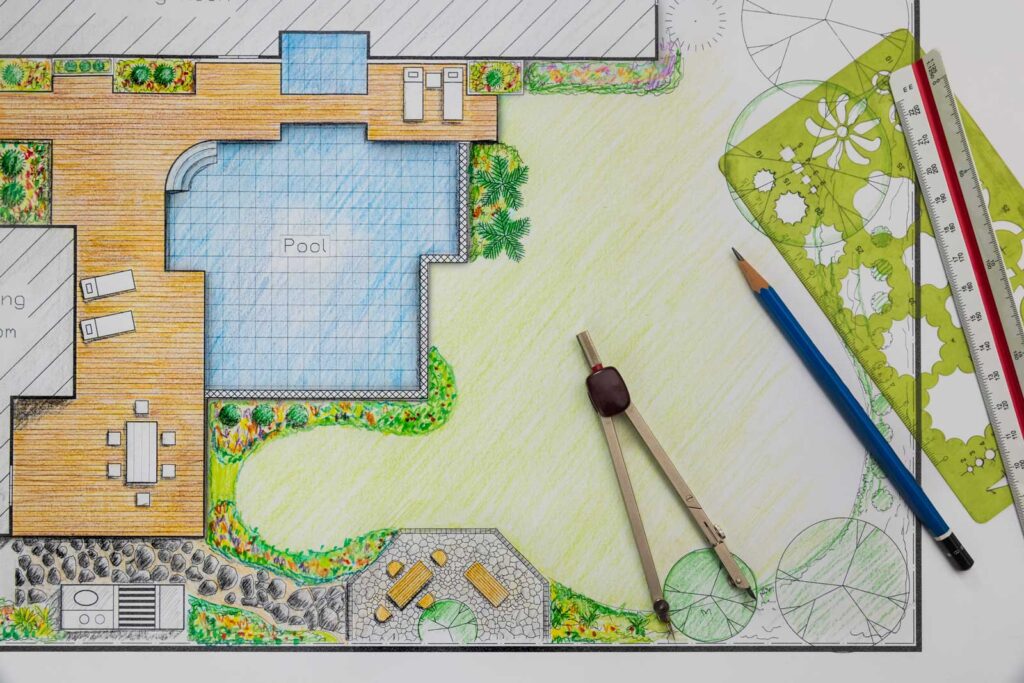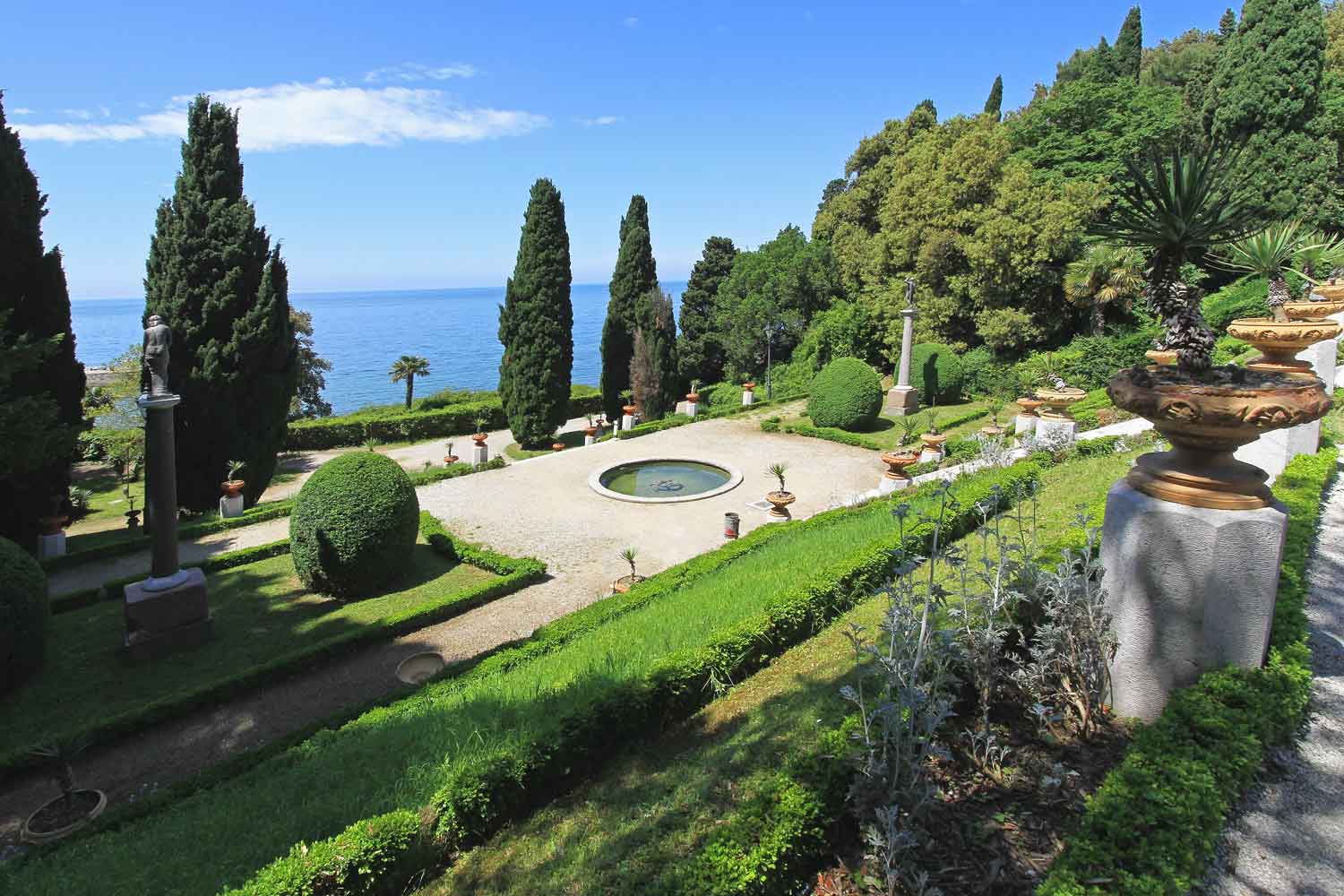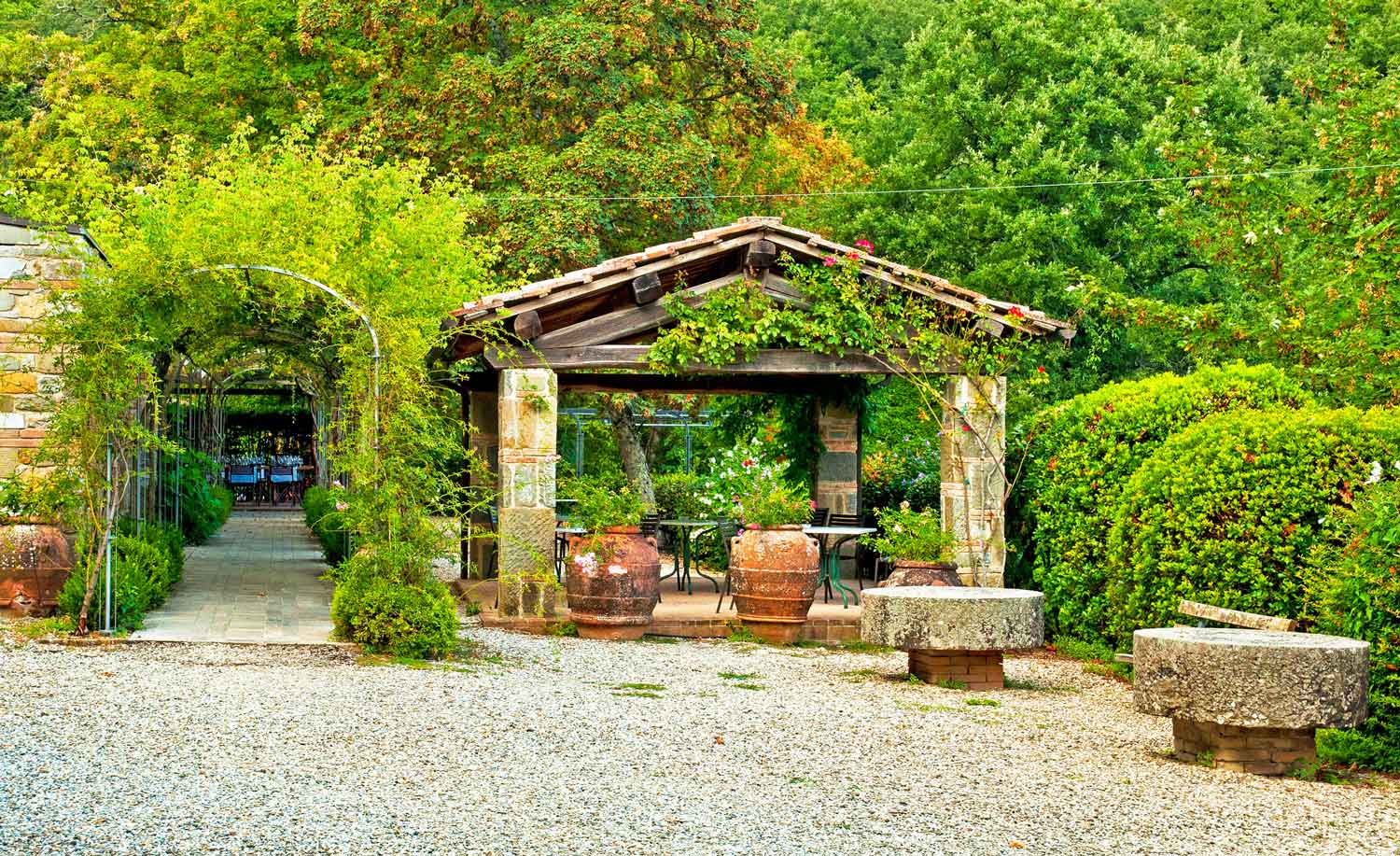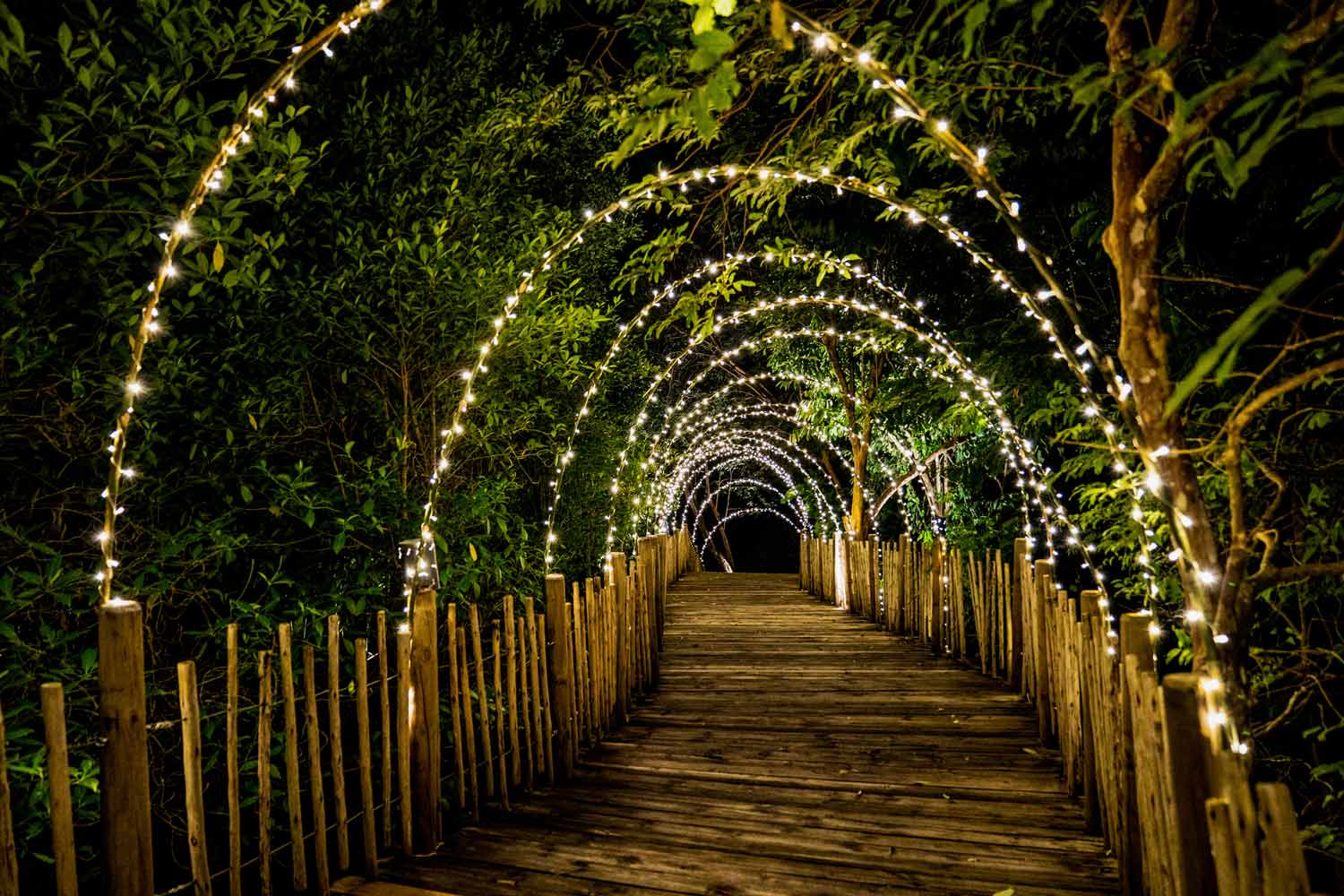Landscaping is a delicate but profoundly rewarding process for any homeowner. It involves enhancing and modifying natural elements, and water bodies. It also includes enhancing abstract designs such as walls, light fixtures, and plants on your property. In more professional terms, landscaping involves
- Green scaping: Enhancing the greenery
- Hardscaping: Involves designs and construction of structures such as walls and paths
- Waterscape: Landscaping with a water body as the primary and dominant feature
Since the landscaping field is so broad, many careers and professionals are sprouting from the niche. Two of the most prominent are landscape designers and landscape architects.
Even though landscape designers and landscape architects appear as synonyms, they are not the same. However, it is essential to note that they carry out similar jobs. Before we get in-depth on the differences between the two, the most important differentiator is that landscape architects rely on and require a degree. In contrast, landscape designers are self-taught, depending on their creative edge.
Why Is Landscaping So Important?
As a homeowner, your house is probably one of your most significant investments. As such, you want to ensure it looks its best. You want to make sure that your personality is showcased through how your home looks. Landscaping allows you to improve your property’s aesthetic appeal by making it visually appealing. By improving how your property appears, you can also enhance its value.
With environmental preservation one of the top priorities for many homeowners today, landscaping provides practical benefits such as reducing soil erosion, improving air quality, and providing shade. Furthermore, by preserving the environment through landscaping, you can uphold habitats for animals and insects such as bees which are integral to many ecosystems. It also ensures better water conservation while reducing air and water pollution. Most importantly, it positively impacts your family’s well-being by providing green spaces and places to relax and socialize.
Landscape Architches
Landscape architecture is a multidisciplinary field that requires professional qualifications such as a college degree or a master’s in landscaping. A landscape architect’s job description will often be more specific due to how niche the industry is. As a landscape architect, you will need to study a broad scope of disciplines that may include:
- Architecture
- Fine arts
- Environmental psychology
- Civil engineering
- Botany
- Ecology
- horticulture
- Geography
- Urban designs
The discipline you study will depend on the institution you are in. But the college should be accredited by the American Society of Landscaping Architects (ASLA). The mission of the ASLA is to advance the landscape architecture profession and promote professional practice through advocacy, education, communication, and fellowship. It provides a variety of resources and services to its members, including education and professional development opportunities, networking events, and a professional certification program. The ASLA also advocates for policies and legislation that support the landscape architecture profession and the environment. Additionally, they also have Landscape Architecture Awards to showcase excellence in the field every year. The heavy involvement of the ASLA ensures that the quality of work and professions coming out from colleges is upheld.
In general, a landscape architect should have the experience and expertise in designing driveways, parking spaces, retaining walls, steep slopes, and other beautification fixtures around your property. They should be able to incorporate such features with other aspects of your property, such as water bodies and greenery, to create a functional and beautiful landscape for your home. They should be able to design, plan, execute, and manage landscape construction projects. If you want to hire a landscape architect, check if they are accredited and licensed to work on commercial and large projects.
Landscape Designers
Most landscape designers may not have a degree in the field. Most are self-taught but have the passion and drive to learn on the job. Due to their drive, many landscape designers eventually take up a degree in landscape architecture so that they can get more jobs and handle bigger projects.
Due to the self-taught nature of a landscape designer job, they are mostly independent professionals who carry out residential landscaping projects. They typically have a background in horticulture, artisan-ship, architecture, urban planning, or environmental design.
Unlike a landscape architect, a landscape designer relies heavily on their experience and dedication. Many experienced landscape designers can help with site analysis and assessment, including studying the soil to know what abstract features you can add to your property. The soil type and drainage pattern to better understand what plants can grow vibrantly. They can also help with project management. This includes coordinating with other professionals like architects, engineers, and landscape contractors to ensure the project is completed on time and within budget.
Even though a landscape designer and landscape architect may appear similar on paper, their roles are different. However, it is always important to work with professionals. Even though a landscape designer may offer cheaper services, they may not have the proper qualifications to handle your project. Schedule a free consultation with Highland Grove, a professional landscape installation service you can rely on. Our team is well-trained to handle any project, and we continuously educate them so they can be pioneers in the landscaping industry.





